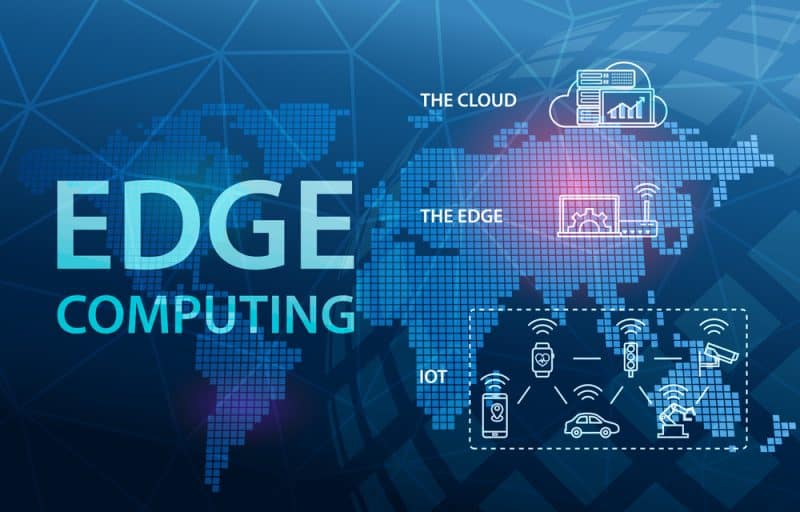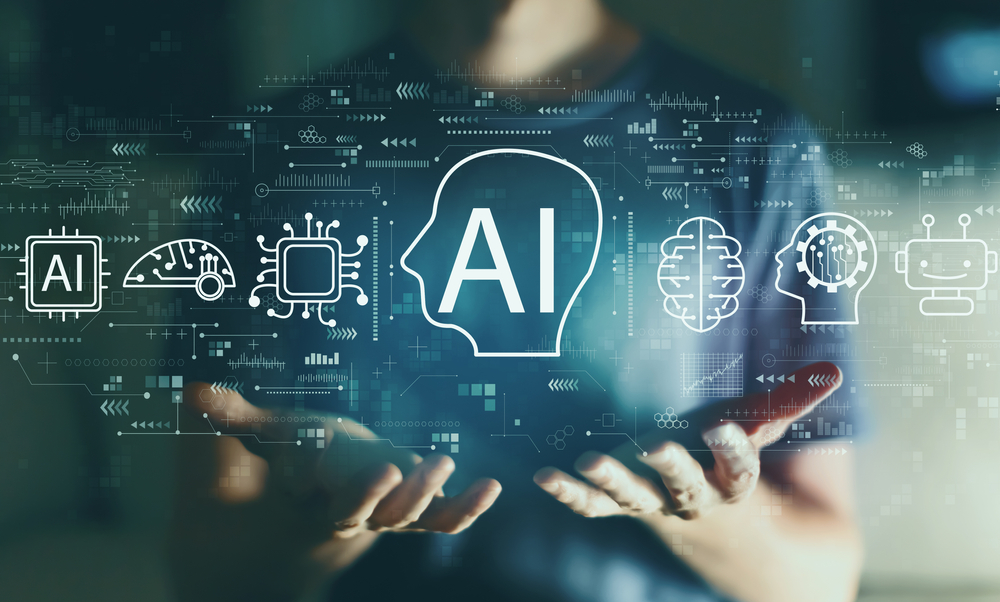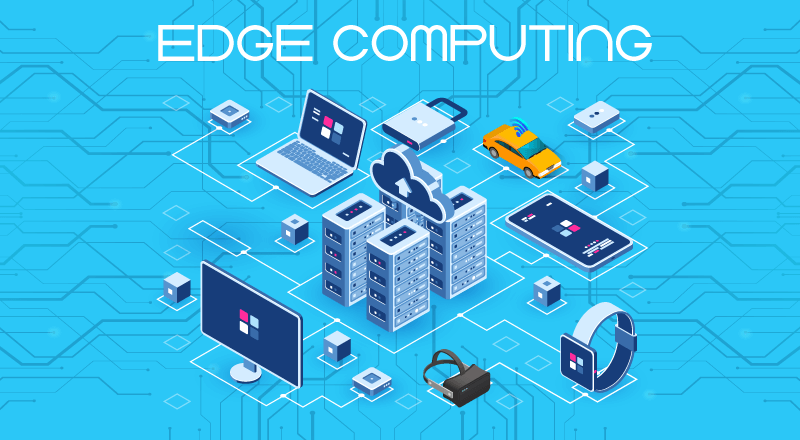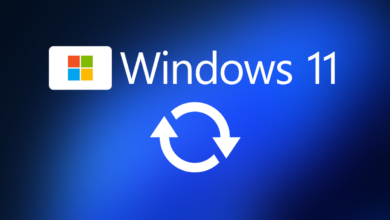
Do you know the 5 Best Steps to Mastering Edge Computing in 2023? Edge computing is the future of technology, and you don’t want to be left behind. Sure, it’s still developing, but with the right knowledge you can become a master of edge computing by 2023.
The term refers to running computing tasks at the edge of a network, or in other words running computing jobs closer to the source of data. By 2023, edge computing is expected to be commonplace. So how do you start mastering this powerful technology?
Well, you’ve come to the right place. In this post, we’ll show you exactly what steps to take to become an edge-computing whiz. With these five best steps and a bit of practice, you’ll be an expert in no time. So let’s dive into all the details of mastering edge computing in 2023!
Read More: How to clear your browser cache in Chrome, Safari, Firefox, and Edge
What Is Edge Computing?
Tech-savvy folks may already be familiar with edge computing, a type of computing technology that has the potential to revolutionize the tech industry. But anyone new to the concept might be wondering: What is edge computing, exactly?
Simply put, edge computing is a form of distributed computing that focuses on bringing data storage, computations, and analytics closer to where it’s needed – the “edge” of the network. By doing computations at the edge rather than in a centralized data center or cloud, organizations can reduce latency and maintain fast response times for applications and services. Edge computing also enables real-time decision making which can create operational efficiencies and enable new use cases that weren’t possible before.
In short, edge computing is all about speed – making sure data can move quickly between connected devices while providing access to AI-driven insights that enable businesses to make more informed decisions. So if you’re looking to join in on what could be an exciting evolution in technology, read on – these five steps will help get you up-to-date on mastering edge computing in 2023.
Differentiating Edge Computing Uses

Now that you know what edge computing is, let’s talk about the different ways it can be used.
At its core, edge computing is about bringing computational resources closer to where the data is being generated. This means that it can be used for different types of applications, such as:
- Real-time analytics for applications like autonomous vehicles or industrial automation.
- Managing large datasets in a distributed way with peer-to-peer networks.
- Processing significant amounts of data quickly and efficiently while minimizing latency.
Regardless of how you use it, the goal is always the same—to enable real-time data processing and decision-making that can’t be done when data needs to be sent over long distances. By bringing compute power closer to where the data is being generated, edge computing makes this possible.
Harnessing the Power of AI at the Edge

If you want to truly master edge computing in 2023, you need to learn how to harness the power of AI at the edge. AI can help you move heavy computations from the cloud to the edge, without sacrificing performance. Plus, it gives you insight into the ever-changing dynamics of your environment and unlocks new opportunities for innovation and creativity.
The key is using AI to optimize data processing at the edge. With the right algorithms, you can process data faster and reduce costs by taking advantage of local computing resources at the edge instead of relying on cloud resources.
Here are a few specific strategies for leveraging AI technology at the edge:
Utilize hardware acceleration
Accelerate computation by taking advantage of specialized hardware such as GPUs, FPGAs, and ASICs, which can be used to run computationally intensive operations on the device itself rather than in a cloud server.
Implement distributed deep learning
Train models at the device level so they can be deployed quickly and run directly on endpoints rather than relying on cloud computing resources for performing training and prediction tasks.
Optimize processing performance
Identify application-specific optimizations that will speed up data processing speeds, reduce energy consumption and improve overall system performance during edge computing operations
Enrich data with sensor analytics
Capture richer context from surrounding sensors such as geographic location or temperature readings from connected objects and use this data to enhance predictions made by AI models
Leverage private networks
Limit data transmission over public wireless networks by leveraging private networks that support higher levels of reliability and security when sending information to and from IoT devices at the edge Effectively leveraging AI technologies can significantly improve your ability
Security and Privacy in Edge Computing
The fourth step in mastering edge computing in 2023 is to understand security and privacy requirements at this level. Edge computing devices also store, process and analyze data, making them vulnerable to cyberattacks. To avoid this, you’ll want to make sure all edge components have the latest security patches installed.
You should also understand privacy considerations like the GDPR, compliance with regional regulations like HIPAA, and consumer data handling policies such as those outlined by CCPA.
Adopting a continuous monitoring approach to ensure that all relevant information is securely handled can demonstrate compliance and protect the integrity of your edge computing environment. Here’s a list of elements you should consider when setting up a secure edge environment:
- Implementing network segmentation
- Utilizing authentication protocols
- Integrating firewall protections
- Installing antivirus software
- Establishing regular backup procedures
Preparing Your Network for Edge Computing

The fifth step in mastering edge computing is preparing your network to accommodate it. Edge computing requires that your network remain reliable, secure, and efficient while providing the capacity and throughput needed to handle the much larger data volumes that come with edge computing.
For this you may need to:
- Install additional network infrastructure such as new routers or switches
- Invest in wireless technology to support wireless communication between devices
- Optimize existing firewall policies and access control lists (ACLs) to ensure safe communication between all devices
- Install higher-performance networking hardware to take advantage of edge computing’s increased speeds and lower latency
- Implement Network Functions Virtualization (NFV) technologies to manage multiple workloads on existing hardware resources
- Utilize software-defined networking (SDN) technologies for greater control over network resources
- Review systems for vulnerabilities, ensuring security at the edge of your network
If done properly, this will help create a solid foundation for the success of your edge computing environment in 2023, allowing you to move data quickly and more securely than ever before.
Current and Forecasted Challenges With Edge Computing in 2023
As you dive deeper into edge computing, you’ll need to be aware of the challenges that come with it. After all, any new technology is going to have its bumps in the road.
Current Challenges
Currently, there are challenges when it comes to edge computing. For starters, there’s the cost of hardware, as well as configuration complexity. Plus, having multiple systems can be a burden when it comes to troubleshooting and support.
Read More: How to Remove Microsoft Edge from Windows 10
Forecasted Challenges
When looking into the future of edge computing, there are a few challenges expected—namely data security and compliance requirements, as well as standards and interoperability. With ever-changing regulations and privacy rules being implemented around the world, staying up-to-date with these changes can be hard. Additionally, with so many different types of technology and protocols being used today (and more being developed in the future) ensuring that they can communicate with each other is critical.
Conclusion
In conclusion, mastering Edge Computing is essential for businesses to remain competitive in 2023. Having the right infrastructure, investing in the support tools, and training the staff to effectively use Edge Computing are just a few of the steps necessary to ensure success. By focusing on security and scalability, businesses can stay ahead of the competition by leveraging the power of Edge Computing. With the right strategy and investment, businesses can unlock the potential of Edge Computing to drive innovation, improve customer experience, and foster sustainable growth.











